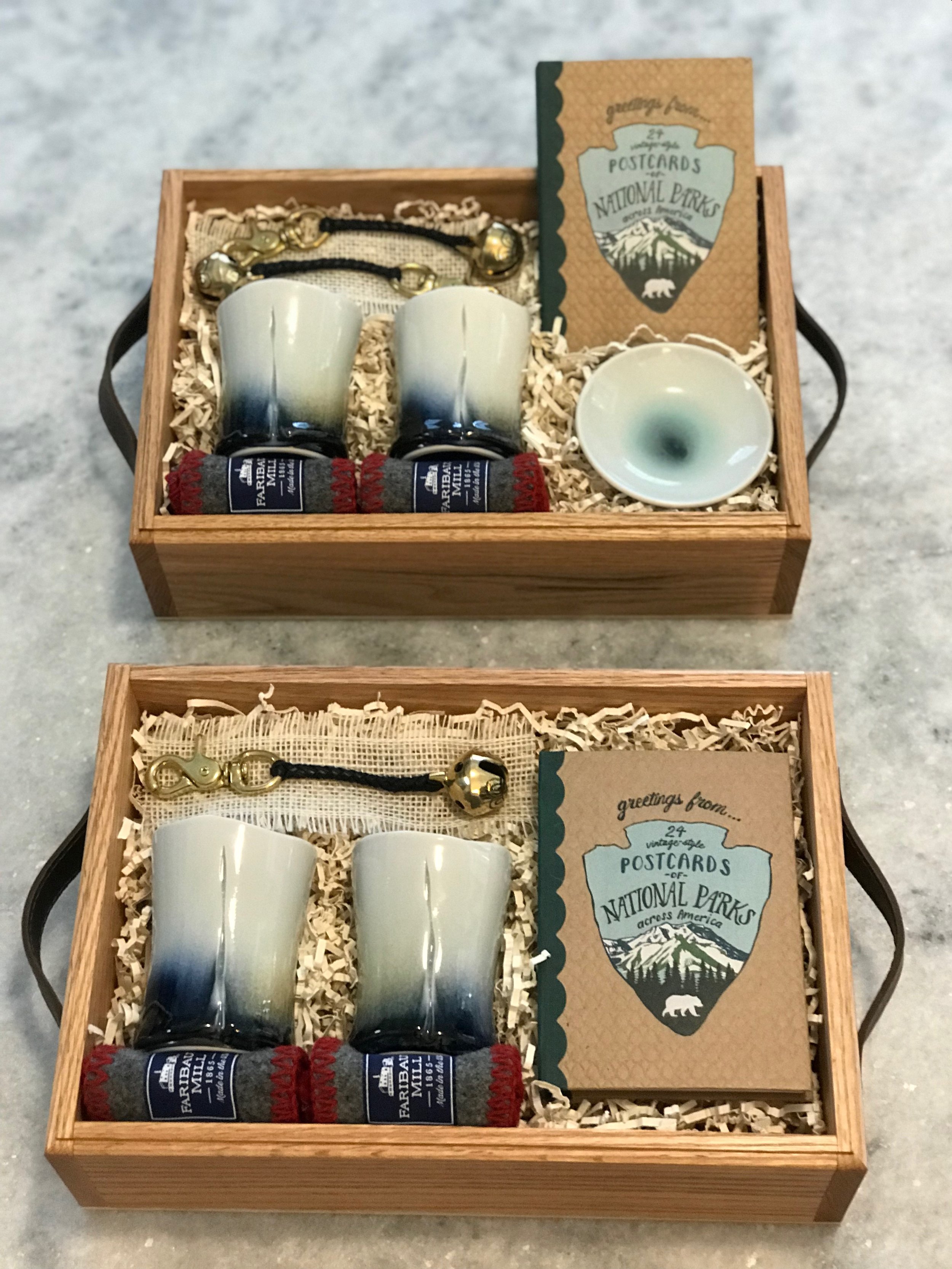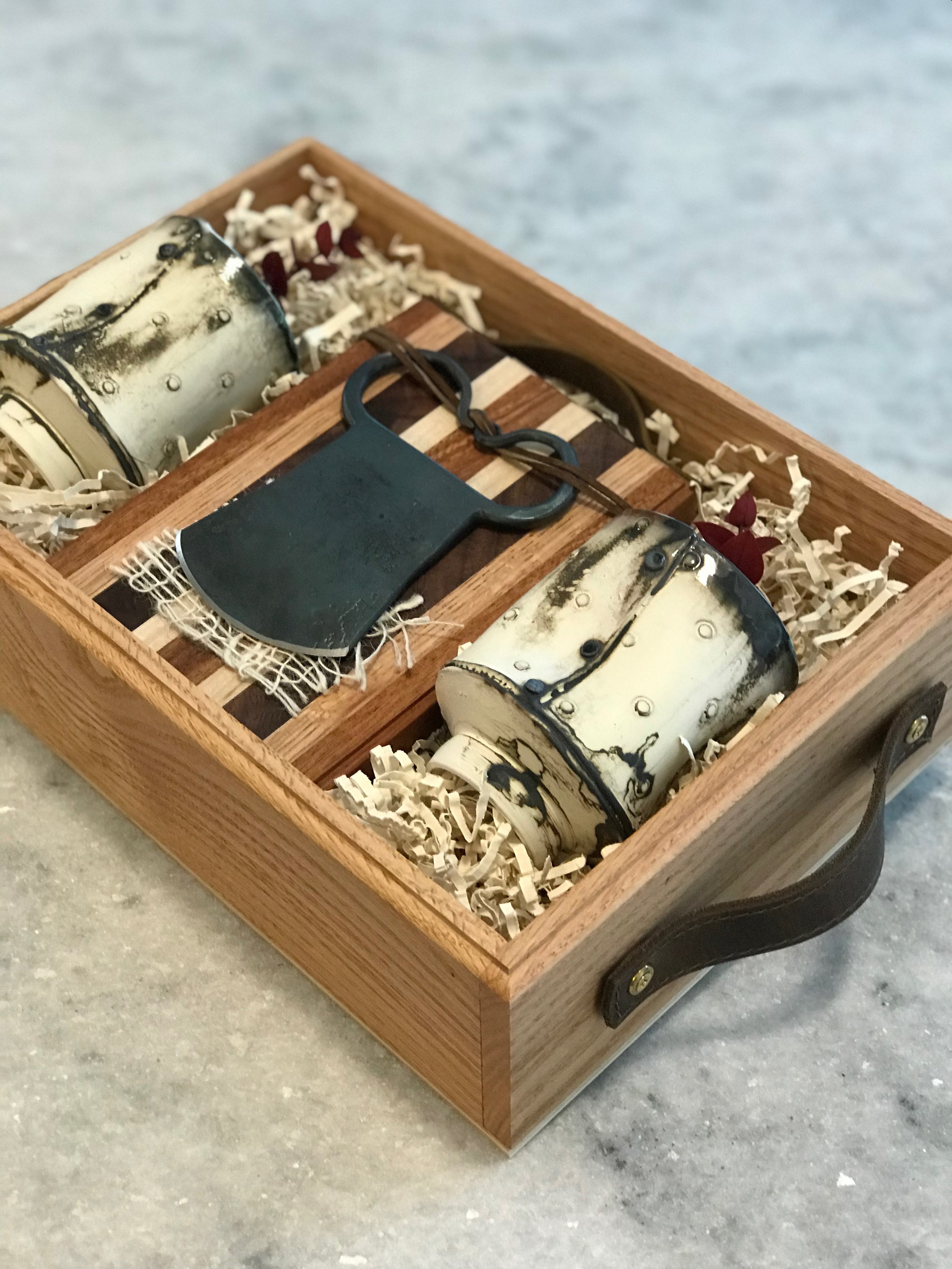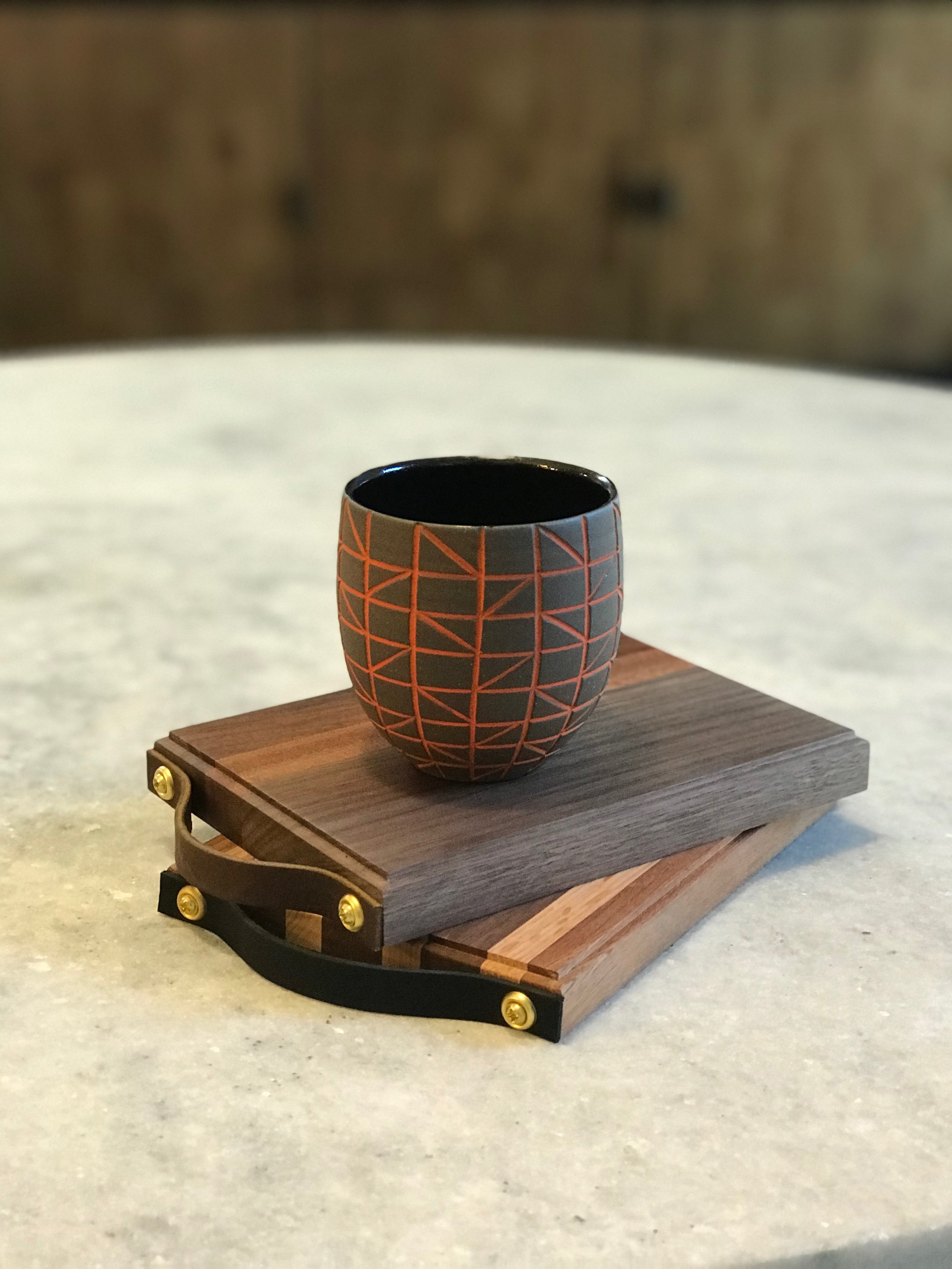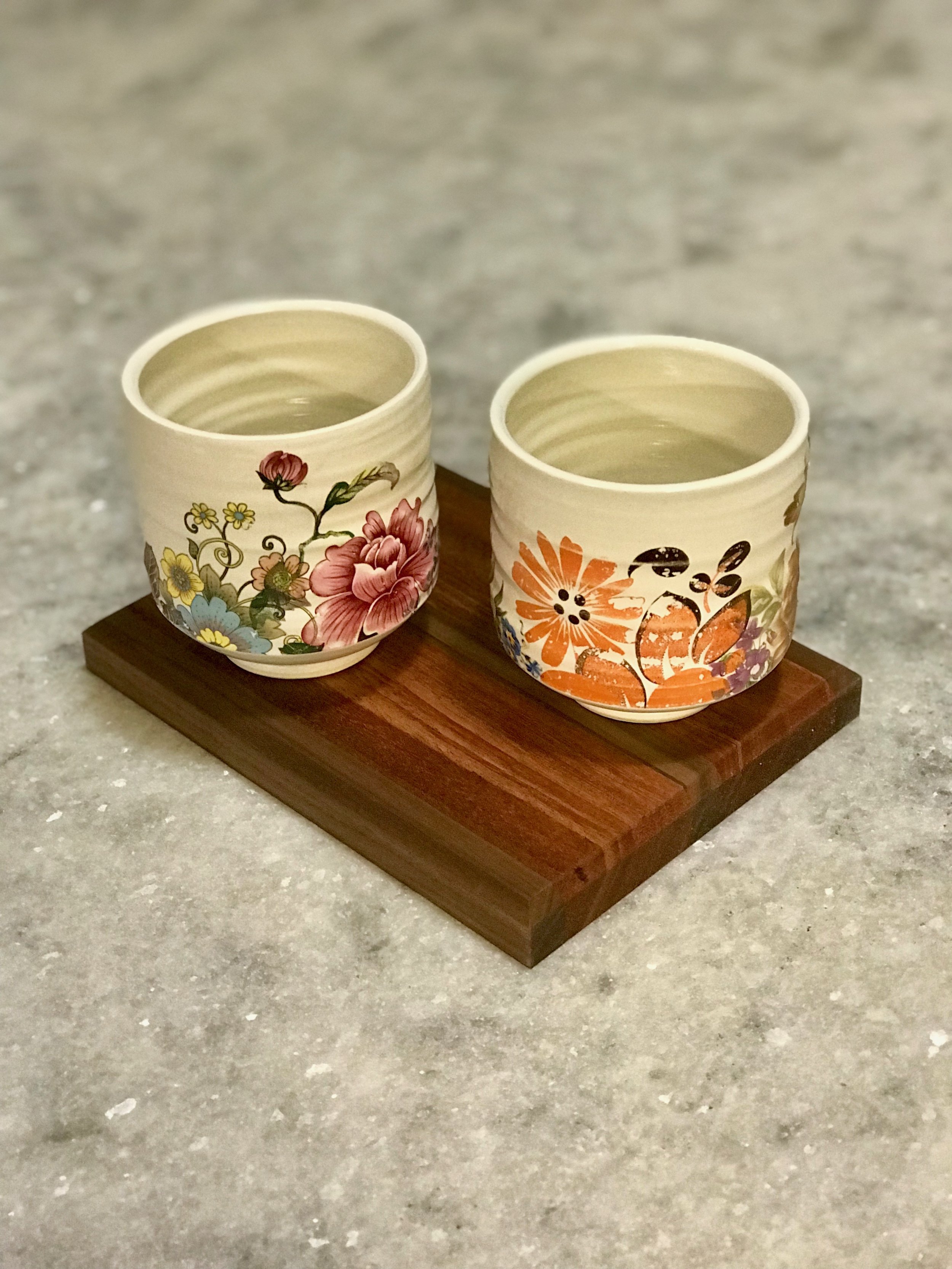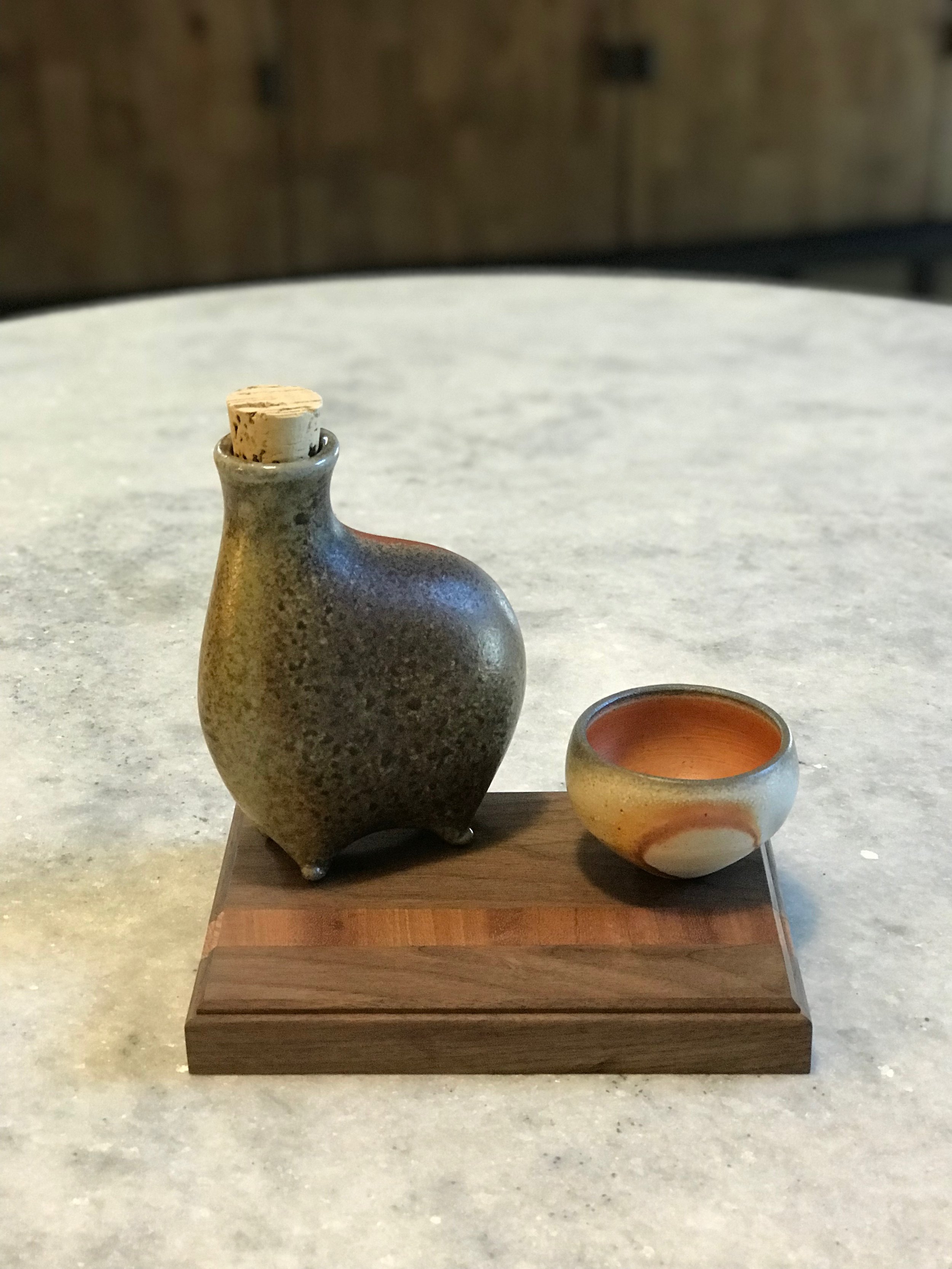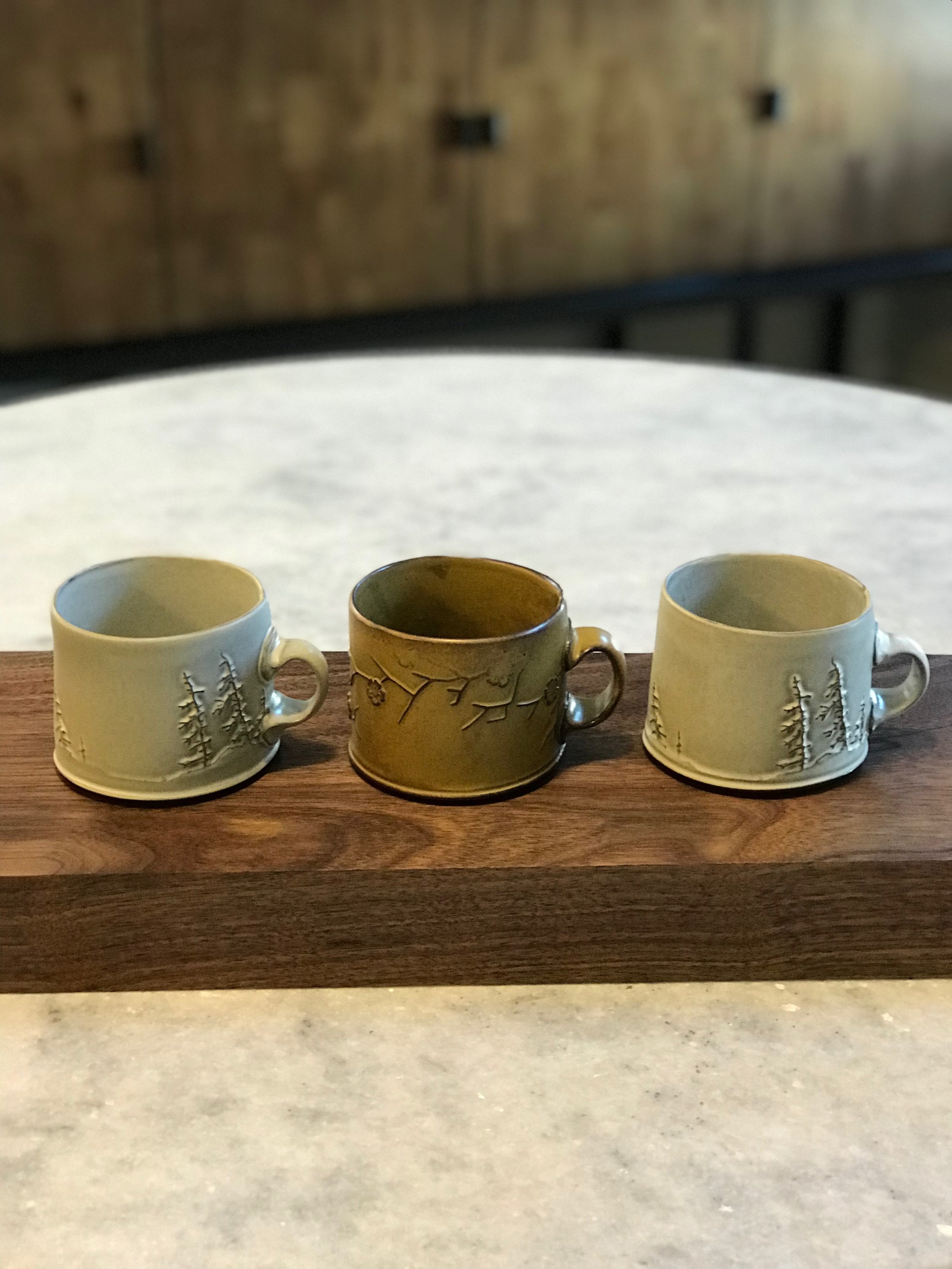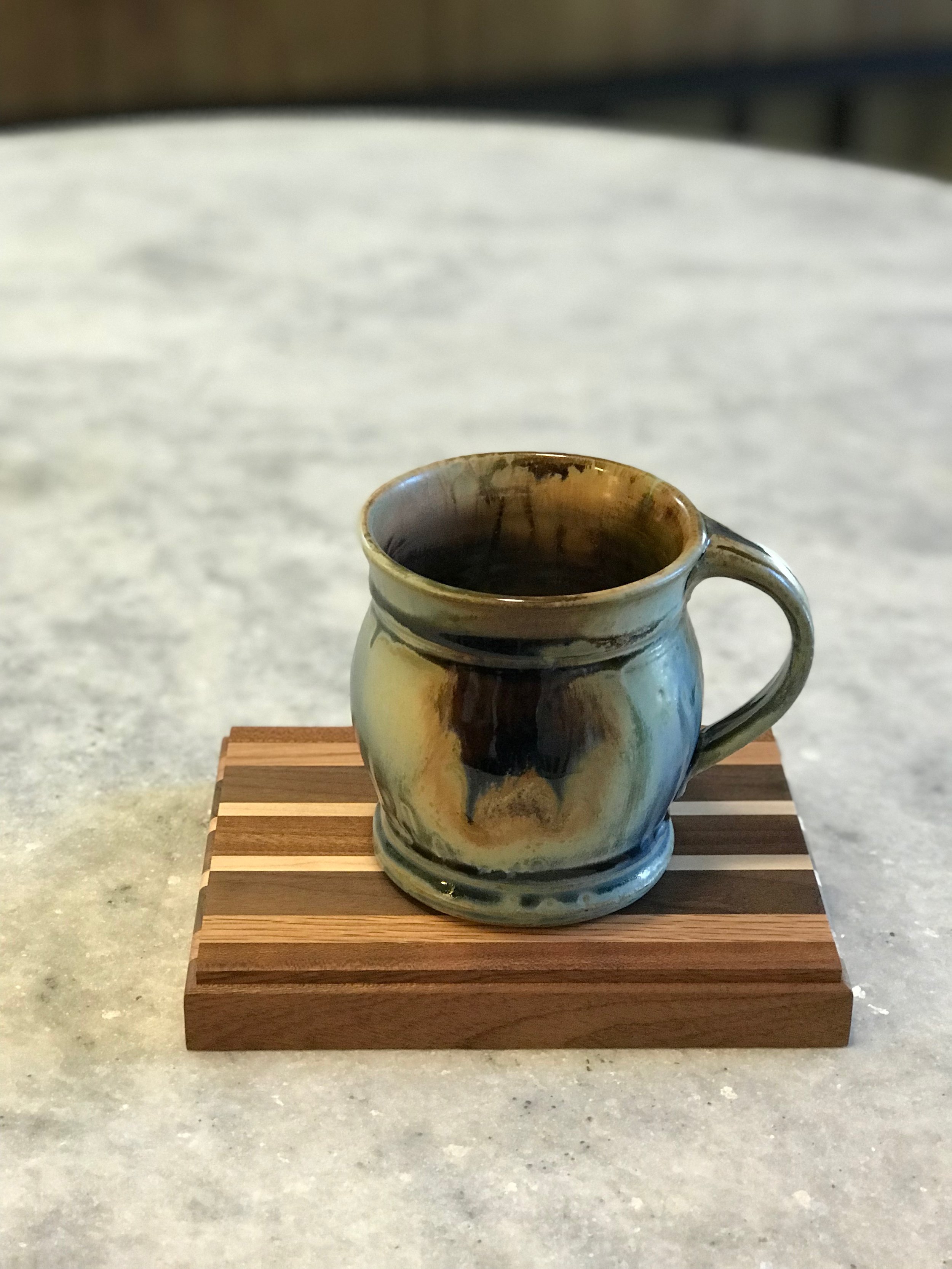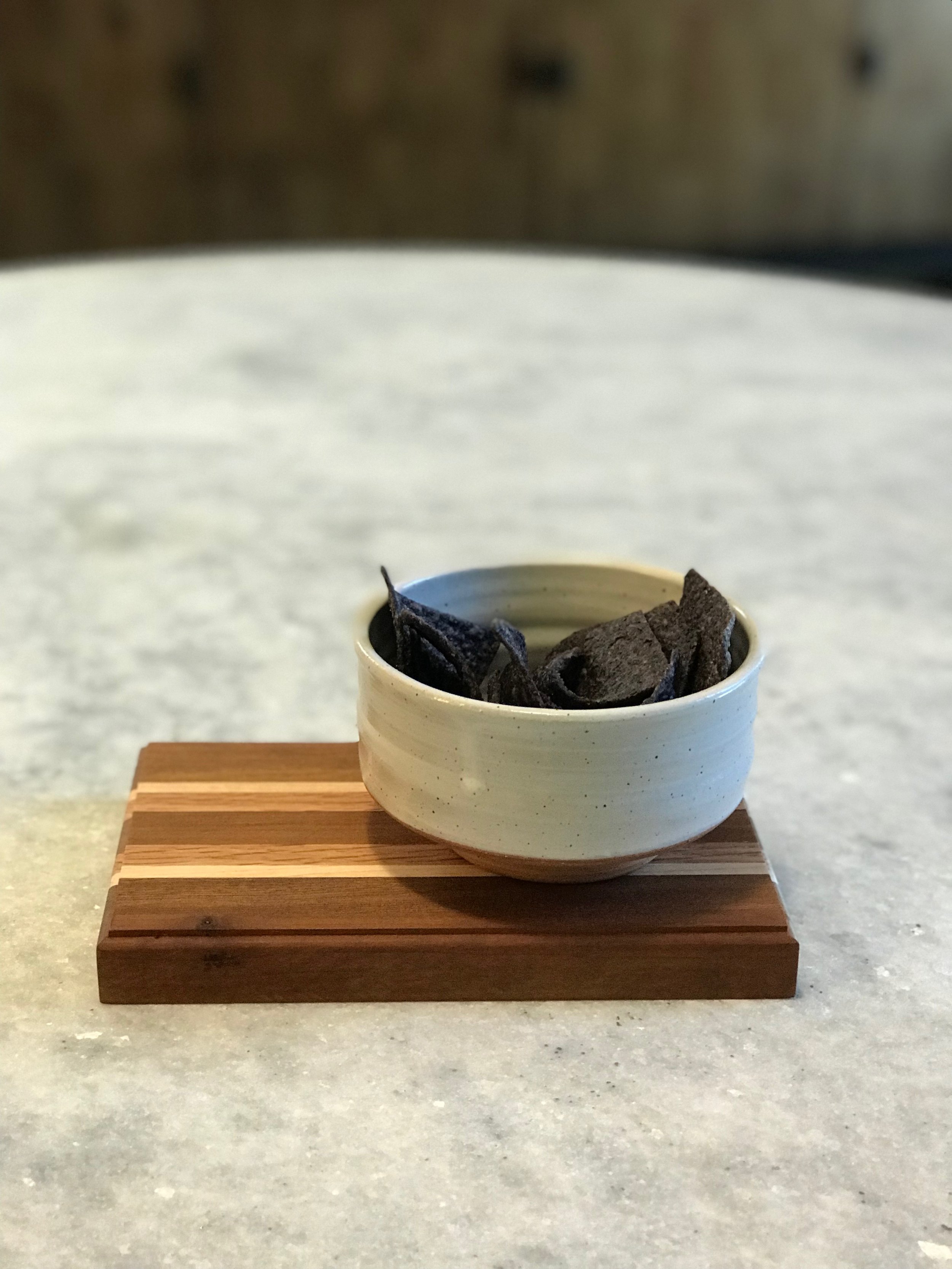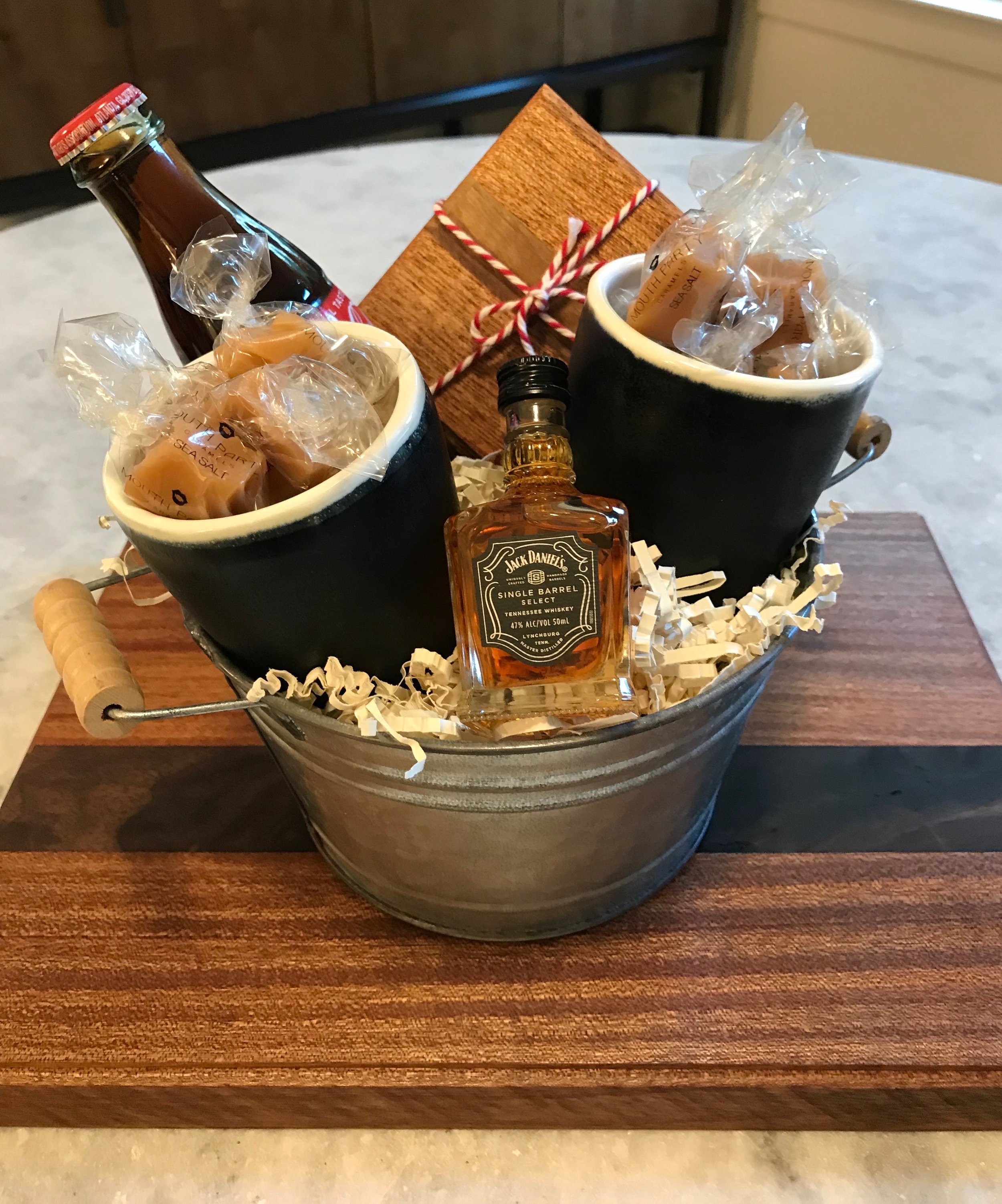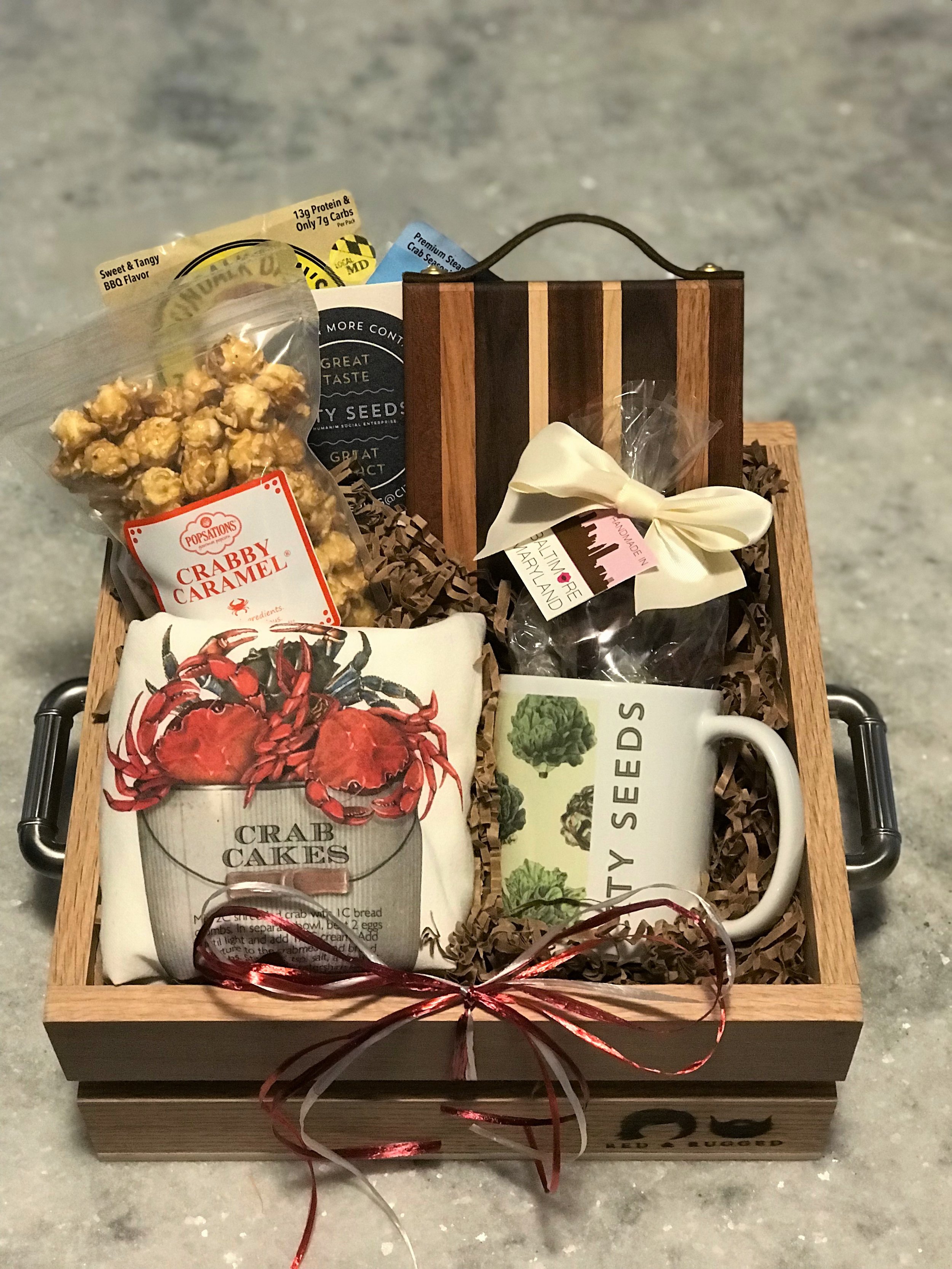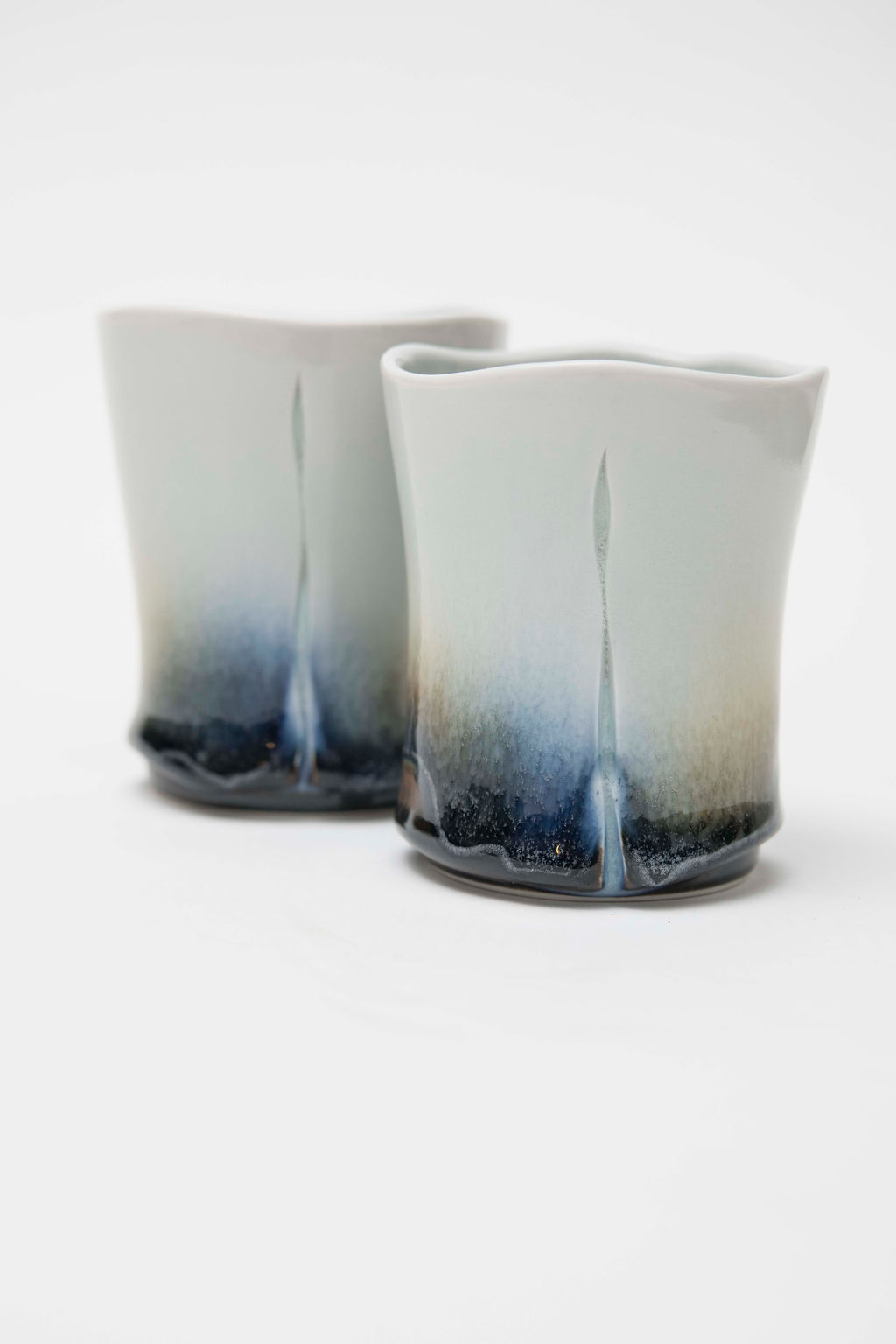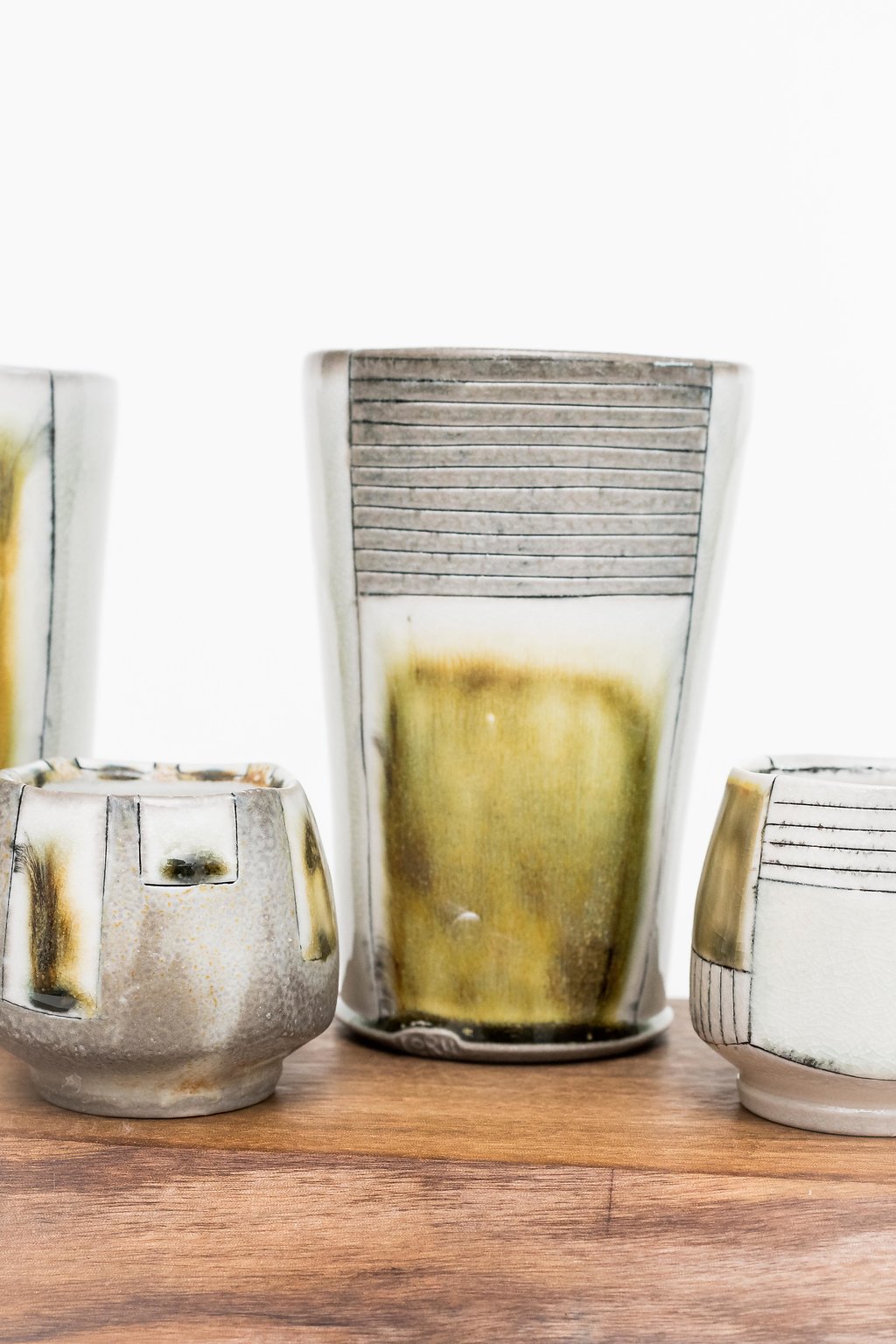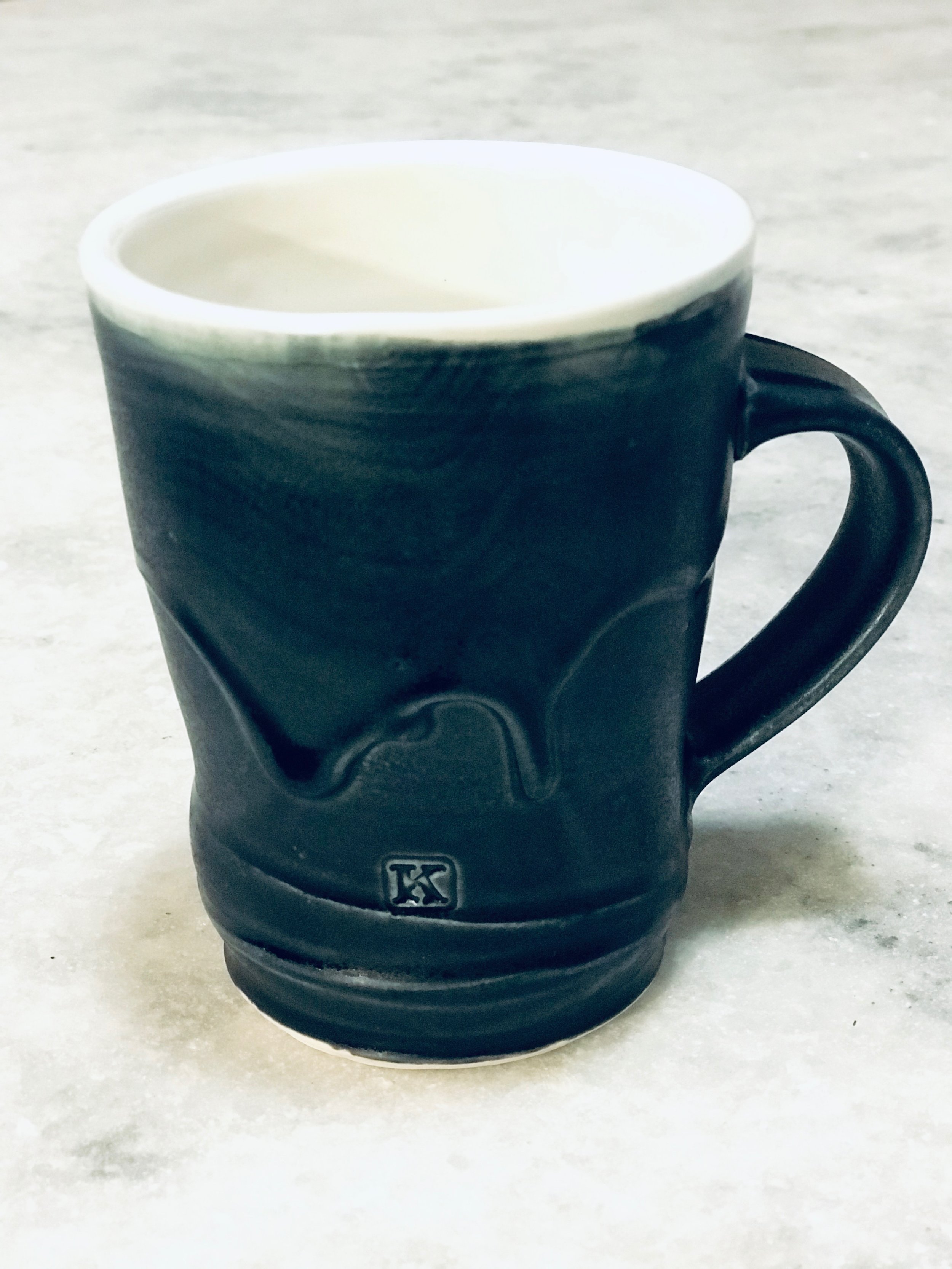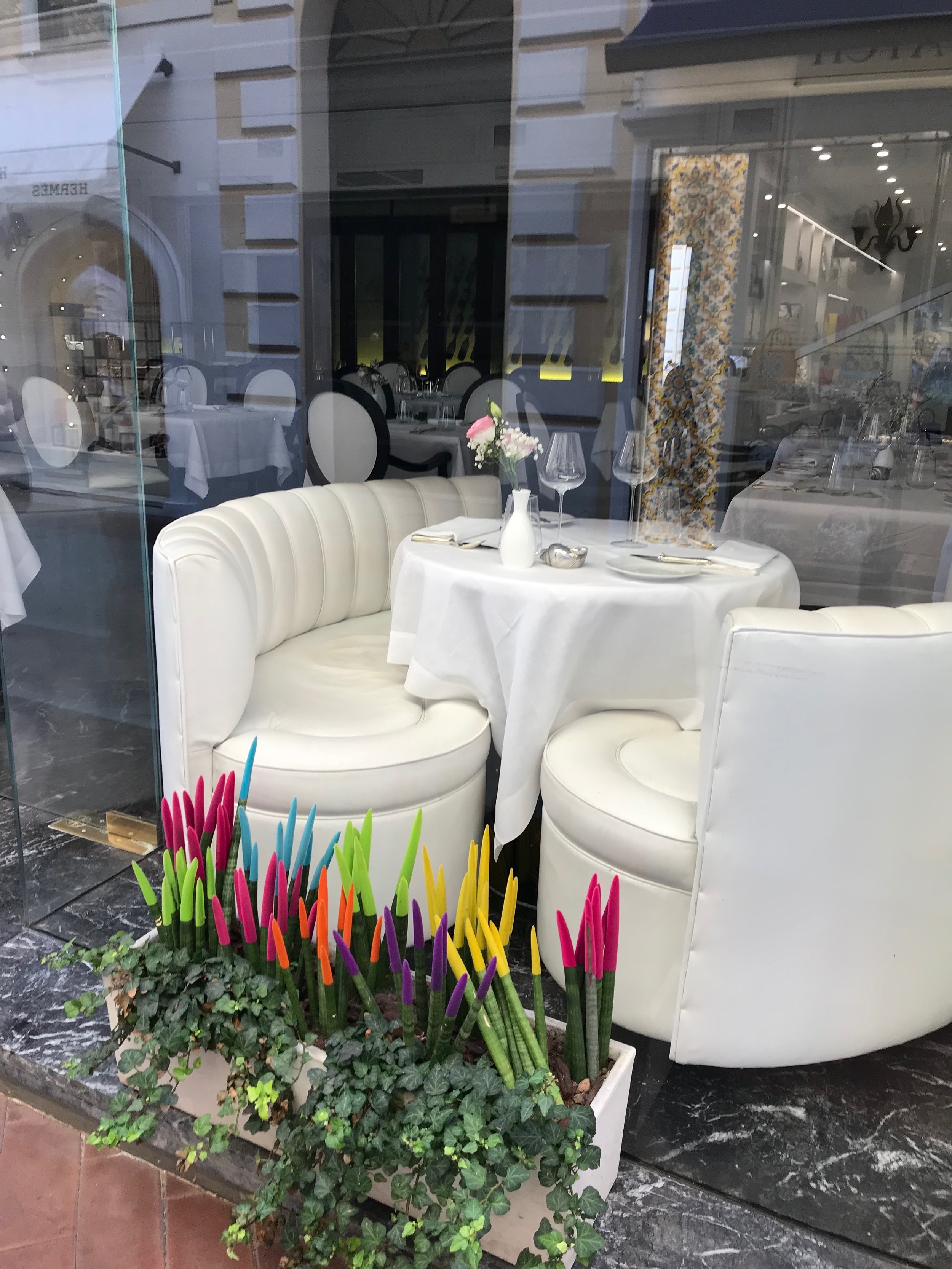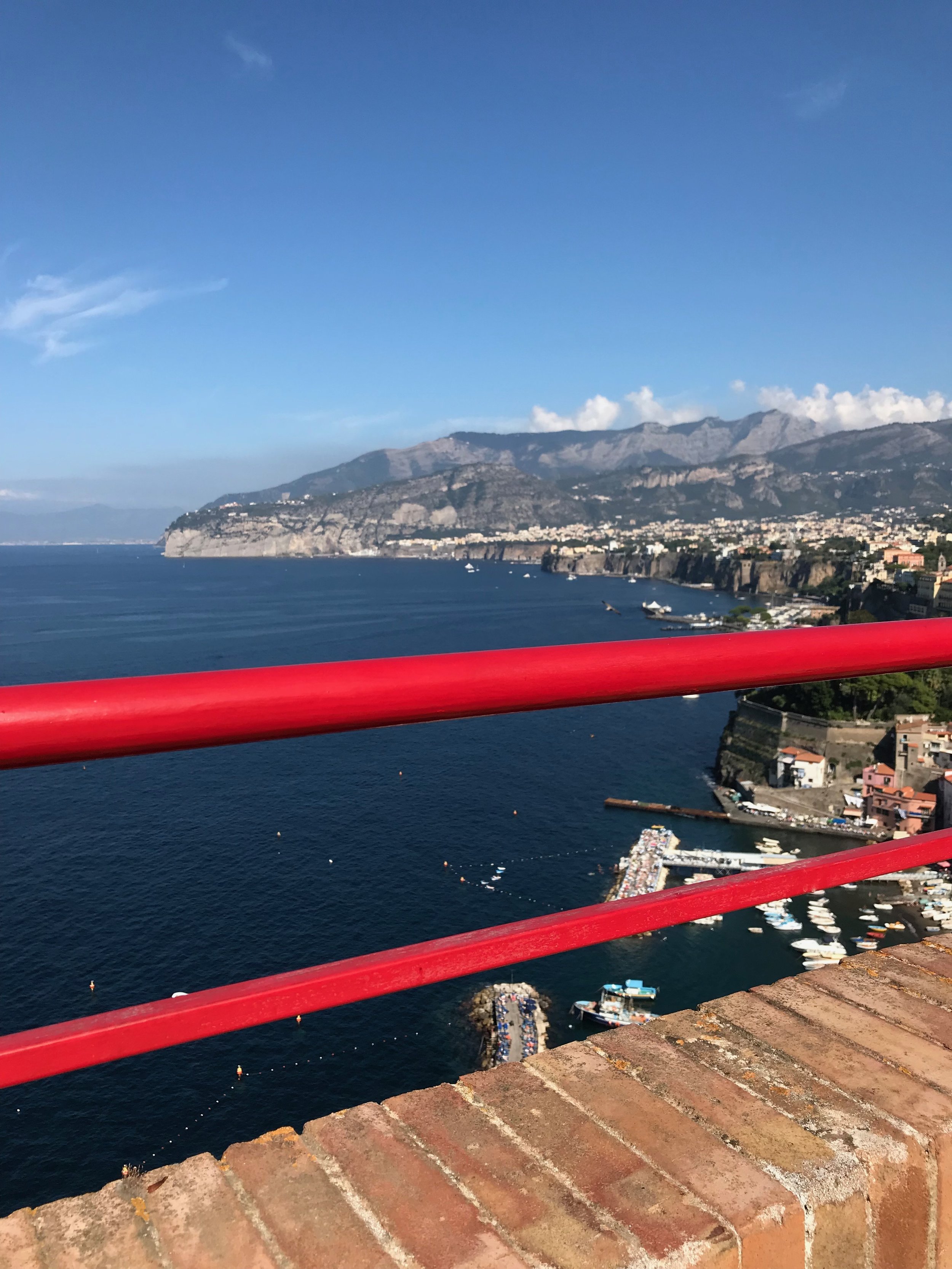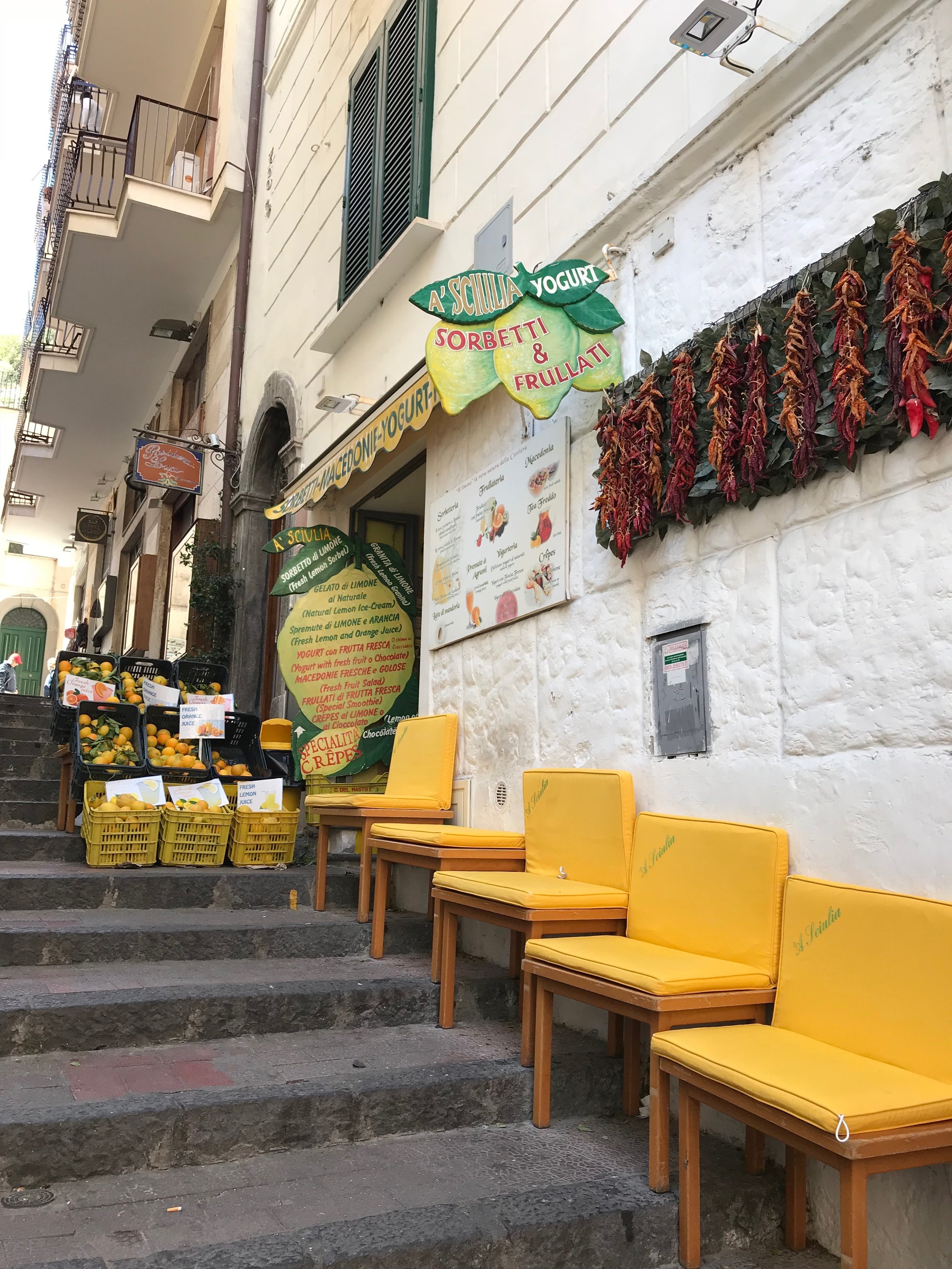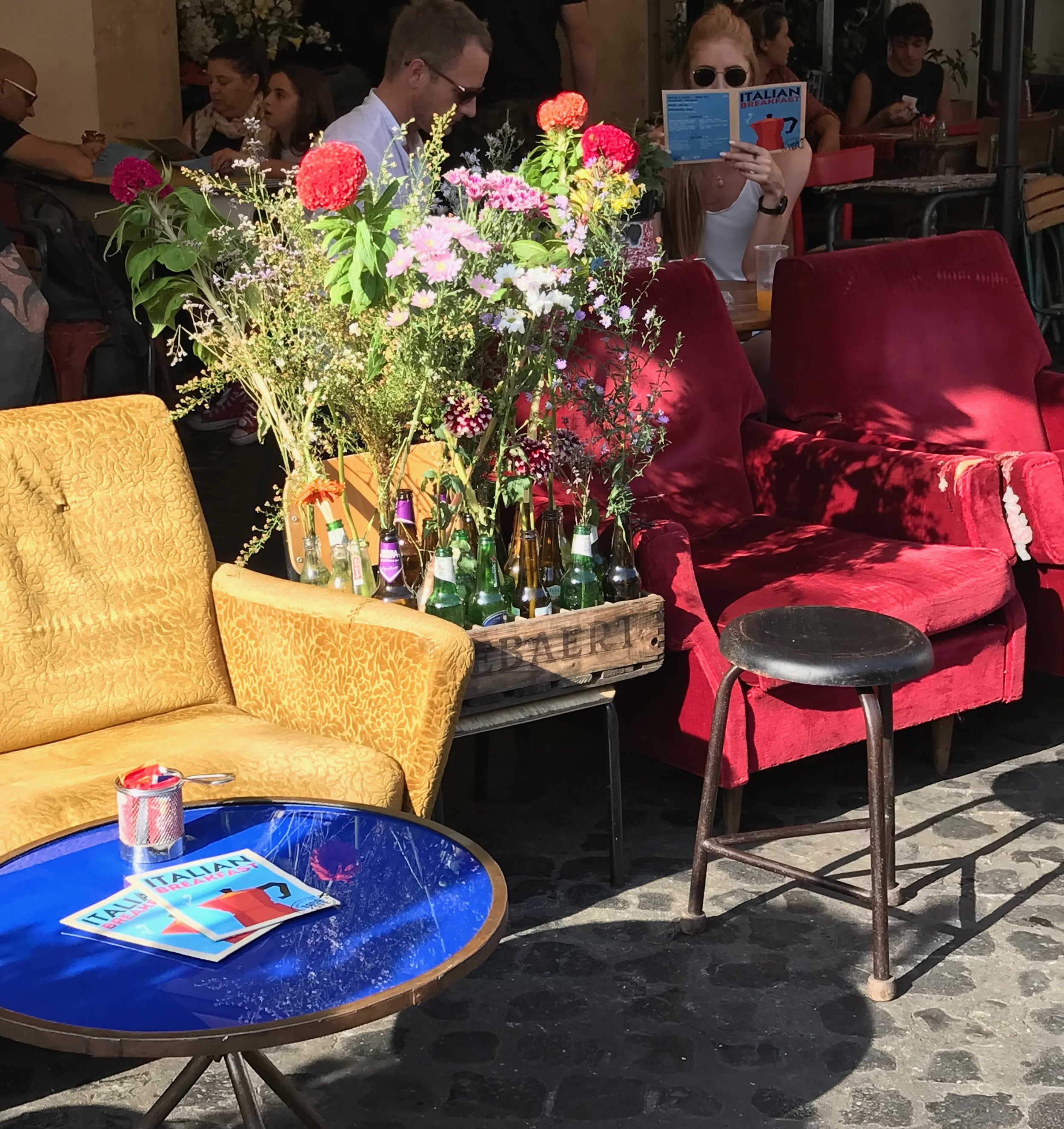How to Match Artisan Storytelling with Your Corporate Mission
/Sitting at an end table in a busy local restaurant, we began a conversation about how to tell the story of living a healthy lifestyle through elements of artisan work. Our contact was looking for a way to give custom hand-crafted gifts, and at the same time, represent a corporate brand of health and wellness. Between spoonfuls of soup, we picked through sample ceramic pieces and bantered about ideas.
Big meetings with special clients require a lot of planning, agenda outlines, and logistical coordination. At the end of all that planning, a client gift had better cap off a productive day with surprise and delight! Deciding on the contents of a meaningful gift can be tricky because these professionals represent many international cultures, and you likely have never met them before. Still, you want to leave a lasting, positive impression of your company. The question becomes how does one give a thoughtful gift, in line with the company brand, without crossing any cultural boundaries that may inadvertently offend someone.
The beauty of artisan work is that it offers variety, and the ability to select unique pieces that are both meaningful and reflect a company’s mission. In working with this global corporation, we considered different options and challenges. Food items were off the list when we evaluated transit times and the guests’ travel plans. Avoiding any direct implication of alcohol was another variable we removed. Their brand encourages healthy living and outdoor activity, so how best to blend those ideas with artisan appeal?
The solution was twofold, first to select elements created by artists located in different areas of the country, places where their employees live and work. This was a creative way to showcase the company’s geographic diversity while highlighting the craftsmanship of a unique set of artists. And, in picking certain pieces, we accomplished the second objective, which included a subtle reference to healthy lifestyles (cutting board and veggie/cheese slicer) and enjoying the great outdoors (National Parks postcard book, woolen to-go-cup holders, and brass hiking bells).
To complete this story, we chose styles from upstate New York, the Hudson Valley, Vermont, and Maryland to create the gift boxes. We also shared the individual artists’ information, and how each element represented a different local region.
In these times when our differences are often the focus, it was rewarding to see how artisan gifts so beautifully aligned diverse cultural connections with a positive corporate mission.



